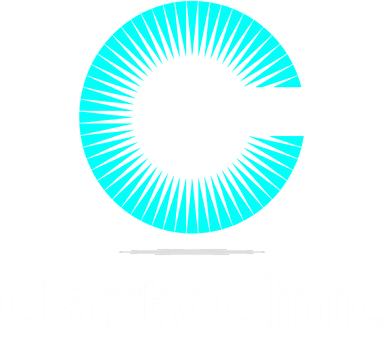June 17th, 2020

“If seizures can’t stop me, nothing can.” -LM Fields

Living with epilepsy is different for everyone. For some people, seizures can remain under control for years while for others they are a daily occurrence. Coping with epilepsy involves understanding the disorder and how it can affect a person’s life and those around him. Consider the following questions to gain a better understanding of the causes of seizures, types of epilepsy, triggers, and first aid.
A seizure occurs when brain activity becomes abnormal, causing bursts of electrical activity in the brain. Most seizures can be easily treated at home, but sometimes, more serious seizures occur that require help from medical professionals.
Epilepsy is a chronic neurological disorder in which a person has recurrent seizures. The cause of epilepsy is often unknown but it is not uncommon for a traumatic brain injury to contribute to the development of epilepsy.
To be diagnosed with epilepsy, one has to have at least two unprovoked seizures that weren’t caused by a known reversible medical condition. Examples of things that could potentially cause seizures and not be related to epilepsy are alcohol withdrawal or very low blood sugar.
Seizures are most common in young children, but epilepsy can develop at any age. Roughly 1/26 people will develop epilepsy in their lifetime, but individuals with certain conditions can be put at a higher risk. Epilepsy is the fourth most common neurological condition in the world and impacts more than 65 million people worldwide. Some epileptics require lifelong treatment while others, usually children, will grow out of their epilepsy.
According to the Epilepsy Foundation of Michigan, there are 30 different types of seizures and 60 different types of epilepsy. Below are some of the most common types of seizures.
Sudden fall followed by muscle jerks and periods of rigidity. Possible loss of bowel or bladder control. Usually lasts just a couple of minutes.
Blank stare for usually only a few seconds; may include rapid blinking or chewing movements; person is unaware it is happening; Most common in children; May be mistaken for ADHD, behavior problems, or learning disabilities.
Usually begins with a stare, followed by lip smacking, walking around, repetitive movements such as picking at clothing; vocalizations and automations that person cannot control; seizure lasts for 1-2 minutes. Person is unresponsive and may be confused for several minutes after the seizure has stopped.
Person is fully aware during the seizure; may involve jerking movements, sensory distortions or hallucinations, unusual feelings; also known as an aura if it proceeds another seizure.
Seizure begins in one part of the brain and spreads to both sides causing loss of consciousness resulting in tonic-clonic seizure.
Even though seizures can develop at any time and without warning, some experience specific feelings or “warning signs” before they have a seizure. If you or your loved one experiences specific feelings or behaviors before, after, or during seizures, start writing down what occurs and when. Some examples of possible seizure warning signs are:
While some people have seizures for what it seems like no reason, other people find that their seizures happen in patterns or are triggered by certain things. This is another reason why writing down any feelings or behaviors that occur around or during the time of your seizures is important. This can help you not only be prepared for seizures to come but also help decrease the chance of seizures developing. Some commonly reported seizure triggers include:
If you know someone with epilepsy, you may have seen them have a seizure or maybe even helped take care of them during or after. This can be a very frightening experience for some, depending on the type of seizure. To help relieve some of these potential fears, it is important to know what to do when someone is having a seizure.

The main priority of seizure first aid is to keep that person safe until the seizure stops. It’s important to stay with the person and help the person sit or lie down in a safe place until it is over. When they are able to communicate with you, you can explain what happened while remaining calm and comforting the person. Some things that you can do to help someone during a seizure:
Although seizures may be frightening, there is help available. Government resources are in place that can assist with improving communication, reducing stigma, self-care, prevention, research, and public awareness. Local non-profit agencies are available to assist with things like fundraisers, support groups, access to care, seminars, advocacy, and education. If you have a child with epilepsy, working with the school is also an important thing to do for the child’s health and safety.
Seizure awareness is important for all of us!

Our Services
Virtual/Online CarePHP and IOPAdult PsychiatryChild & Adolescent PsychiatryAdult TherapyChild & Adolescent TherapyCouples CounselingFamily TherapyGroup TherapyPsychological TestingTranscranial Magnetic Stimulation (TMS)Resources
Refer a PatientCareersClinical Training OpportunitiesOur ProvidersFree Mental Health TestsCommonly Prescribed MedicationsLocationsBlogIn The NewsClarity Through CharityClarity for AllQuick Links
Patient PortalFAQsAccepted InsurancesContact us